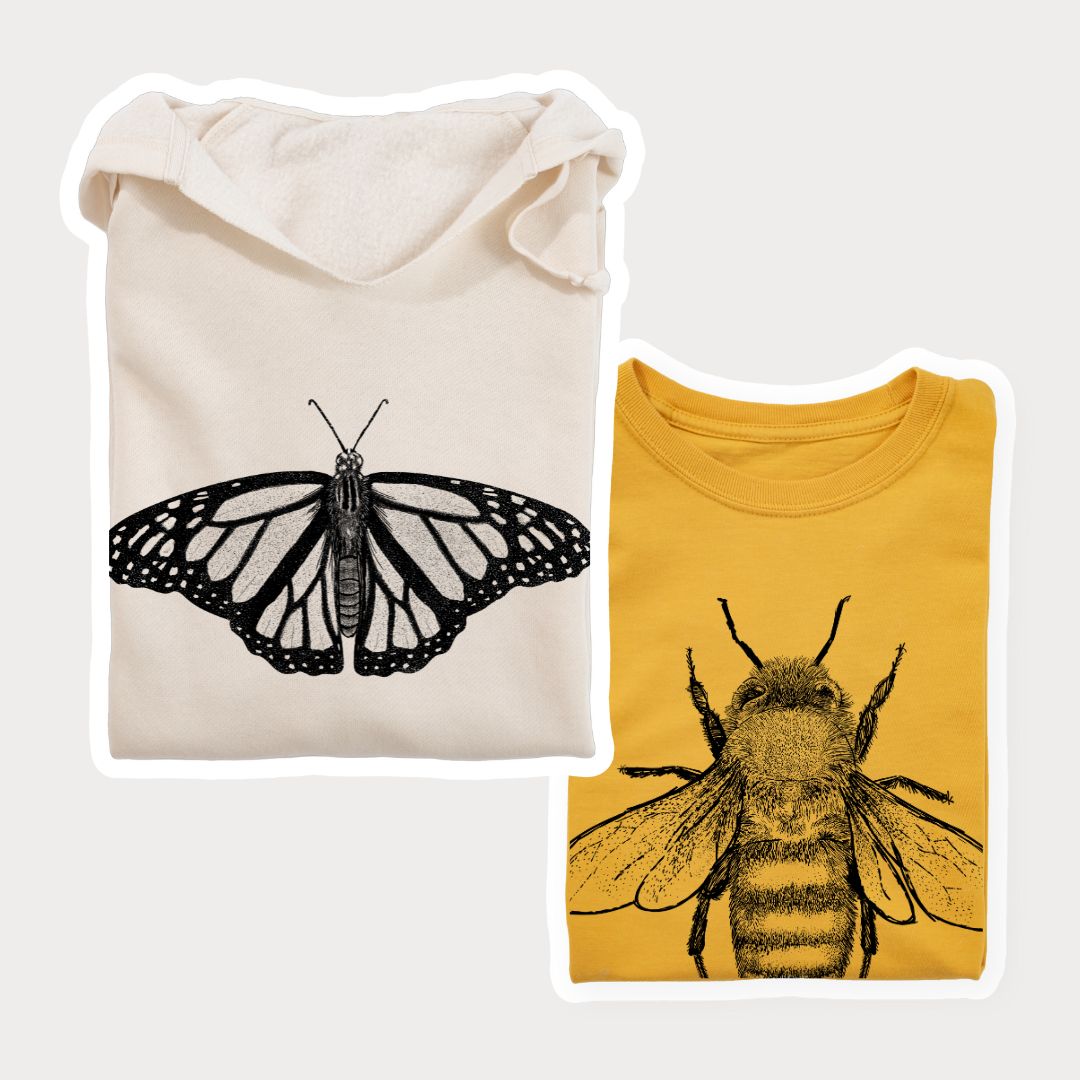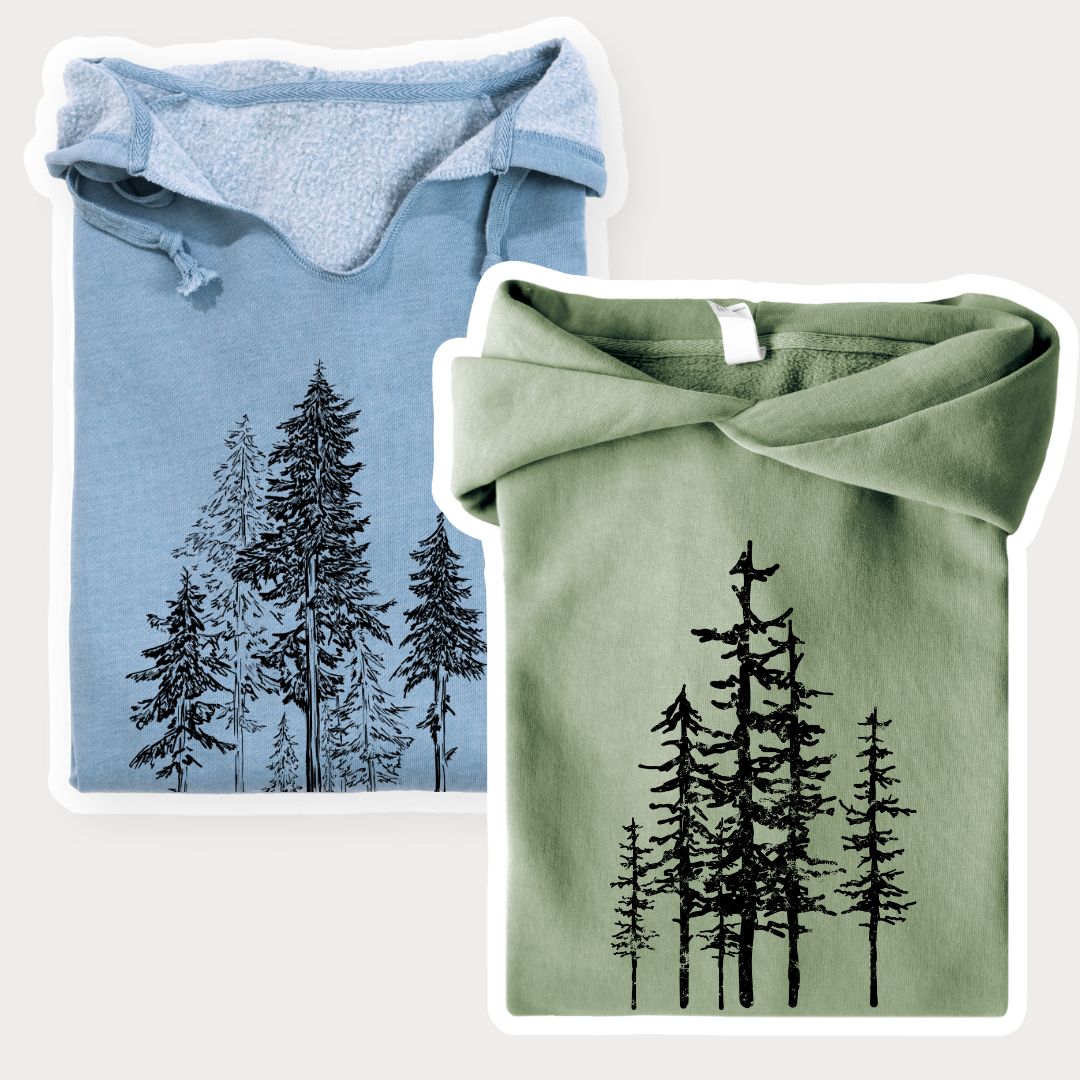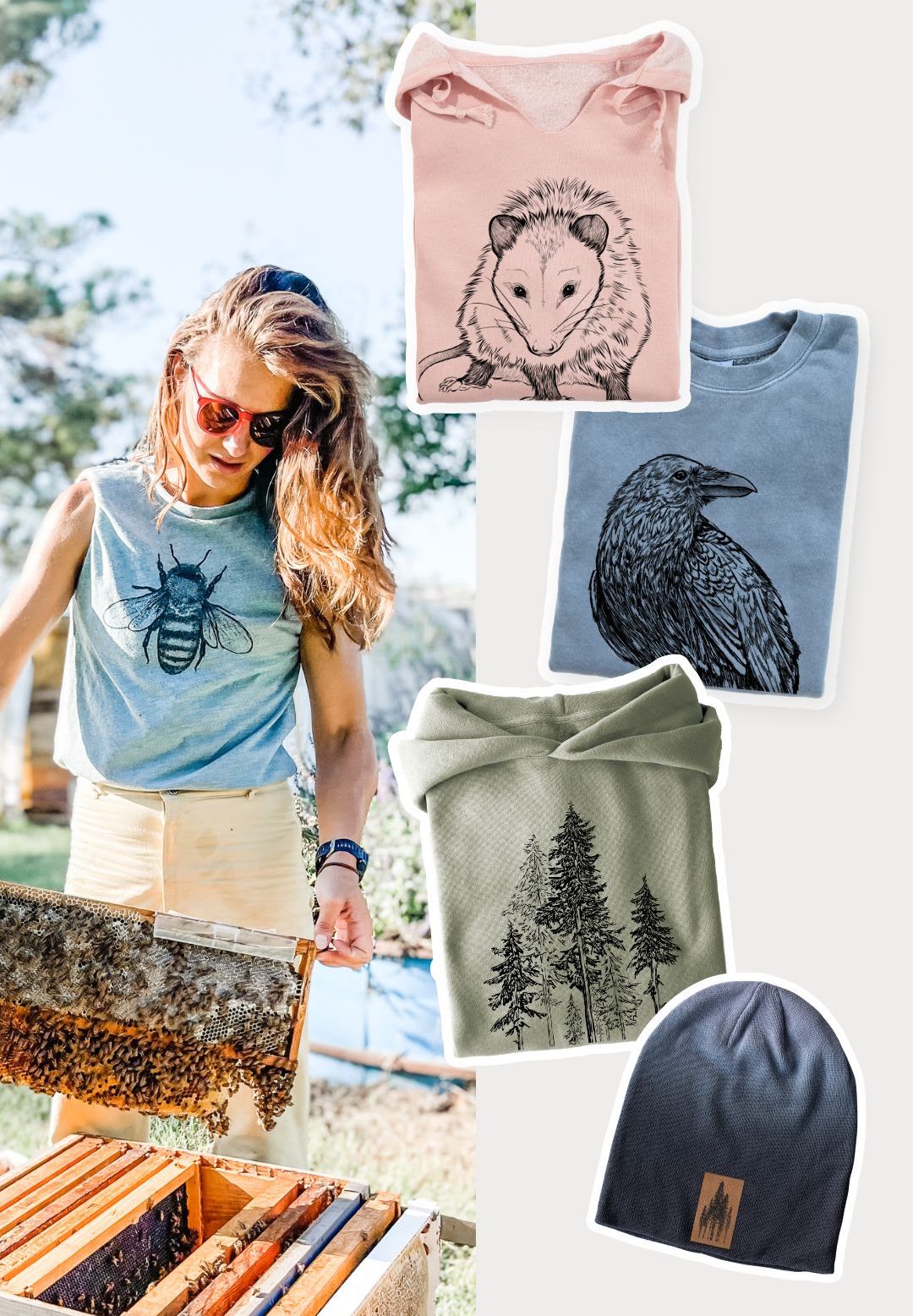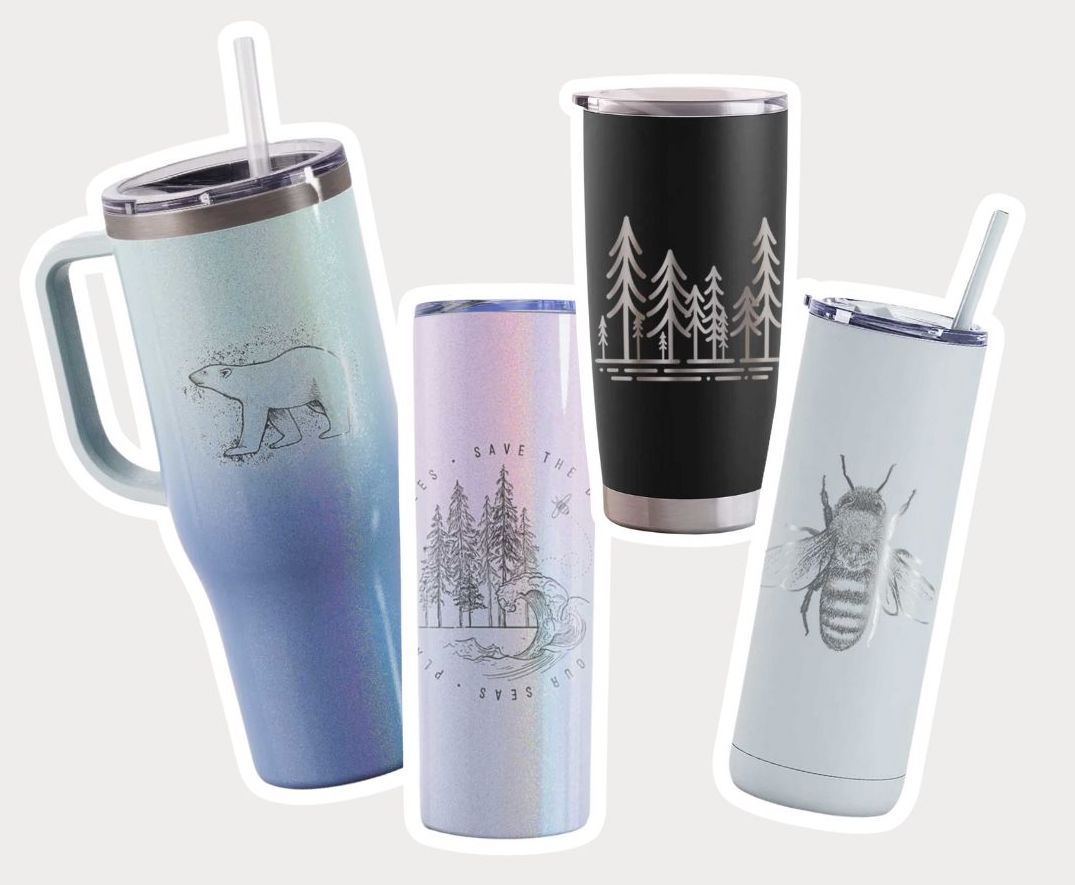Blown Away: The World of Wind-Pollinated Plants
Let's talk about the low-key legends of the plant world who skip the frills and still get the job done. We're diving leaf-first into the breezy lives of wind-pollinated plants. No bees, butterflies, or bats, just a good ol’ gust of air and a dream.
So buckle up (or maybe plant yourself in a comfy spot) because it's about to get breezy.

What Is Wind Pollination?
Imagine this: you're a plant. You're not into socializing with bees and don't have the budget for colorful petals or fancy scents. So, you do what introverted geniuses do? Rely on the wind.
Wind pollination, or anemophily (fancy plant nerd word alert), is when the wind carries pollen from one plant to another plant's stigma (the part that receives pollen). There are no bees, no bugs, no problem.
Instead of attracting visitors, wind-pollinated plants toss their pollen into the air, hoping it lands in the right place. Think of it as nature's version of sending a message in a bottle with a LOT more pollen and a bit less ocean.
Why Do Some Plants Choose Wind Pollination?
Honestly, it's a numbers game. These plants make tons of lightweight pollen because they're not aiming for precision, they're just playing the odds. And in windy places with few insects? It's a solid strategy.
Plus, it saves them the trouble of growing petals, nectar, or anything remotely showy. Low-maintenance vibes all around.

Iconic Wind-Pollinated Plants
Let's meet some of the standout stars in the no-bee-required club. Here are 3 examples of wind-pollinated plants:
1. Grasses (like wheat, rice, corn, and barley)
Grains are the OGs of wind-pollinated plants. Corn, for example, releasesenormous amounts of pollen. It's like a little green firework show in the field.
These grasses have tiny flowers with zero flair because they're not here to flirt. They're here to feed the world (and let the breeze do the legwork).
2. Trees like Oaks, Birches, and Pines
These trees are serious about their pollen game. Oaks and birches often bloom early in spring, before they even bother growing leaves — because why let leaves block the pollen party?
And pine trees? If you've ever seen yellow dust coating your car in spring, that's them. Pines are not pollen shy.
3. Ragweed
A total overachiever in the pollen department, ragweed is infamous among allergy sufferers. One plant can launch up to a billion pollen grains into the air in a single season. A billion! That's... excessive. (Cue sneezing.)
But in its defense, it's just trying to reproduce, not ruin your day.

Wind-Pollinated Plants vs Insect-Pollinated Plants
Wind-pollinated plants are the chill, no-fuss types. They keep things low-key with tiny, often greenish flowers that skip the"look at me!" routine. No petals peacocking, no sweet nectar bribes. Just a quiet toss of pollen into the breeze and a "let's see what happens" attitude. Kinda like nature's version of tossing spaghetti at the wall to see what sticks.
Insect-pollinated plants, on the other hand? Total drama queens (in the best way). Bright colors, bold patterns, irresistible scents, and sugary nectar, these plants go all out to catch a bug's eye. It's basically a flower fashion show out there, and everyone's dressed to impress.
Where wind-pollinated plants are all about subtlety and probability, insect-pollinated ones are all about seduction and strategy. Different strokes for different folks (or, in this case, stems).

Are Wind-Pollinated Plants Important?
Most of your cereal, bread, and pasta come from wind-pollinated plants. That's right — these chill pollinators are responsible for crops that feed billions. Your avocado toast might owe more to the wind than you think.
Also, let's not forget paper, lumber, and shade from trees like poplars and pines. They're giving us shelter and oxygen without needing bees to seal the deal.

A Brief Interruption for an Allergy PSA
If you're wondering why your sinuses feel personally attacked every spring, say hello to airborne pollen. Most allergy-inducing pollen comes from — you guessed it — wind-pollinated plants.
Your body thinks the pollen is an invader and unleashes the sneeze squad. So, if you're spending the season sniffling, ragweed and friends are probably behind it.
We love wind-pollinated plants, but we get it: allergy season is rough.

Can You Grow Wind-Pollinated Plants in Your Backyard?
Yes! You can grow wind-pollinated plants in your backyard. But here's the deal: if you're growing them for seeds (like corn), they need buddies nearby for successful pollination. Wind pollination works best in crowds.
Planting just one lonely corn stalk? It's cute, but you're not getting popcorn out of it.
Want to grow a mini wheat field? Go for it! Just give the plants space to sway and let the breeze do its thing.

Fun Breeze Fact Break (Because Why Not)
- Corn is monoecious, which means it has both male (tassels) and female (ears) flowers on the same plant. It's self-sufficient and a team player.
- The word "anemophily" comes from the Greek anemos (wind) and philos (loving). Yes, they're literally "wind lovers.”
- Pollen from wind-pollinated plants can travel miles. So, don't blame your garden if your corn wasn't pollinated. Maybe it didn't catch the right breeze.
Final Thoughts: Let's Give the Wind Some Credit
Wind-pollinated plants might not be the flashiest flowers in the garden, but they're quiet powerhouses. They feed us, shade us, and support ecosystems, all without relying on buzzing sidekicks.
And if you're feeling inspired, grab a tee that's as breezy and effortless as a pine tree in spring. Because you're part of this wild world, too.
















Leave a comment (all fields required)